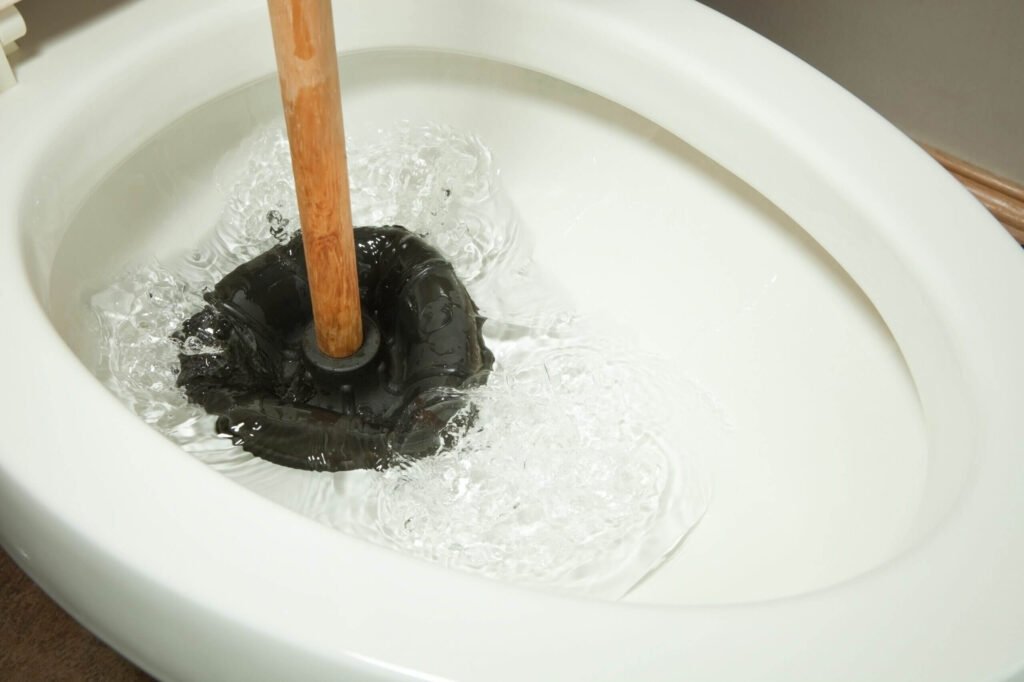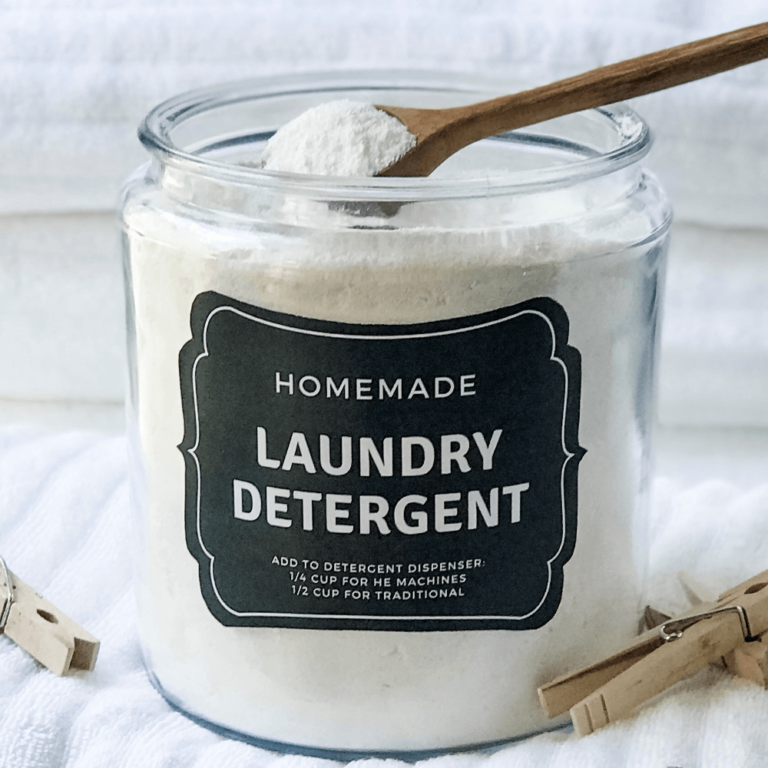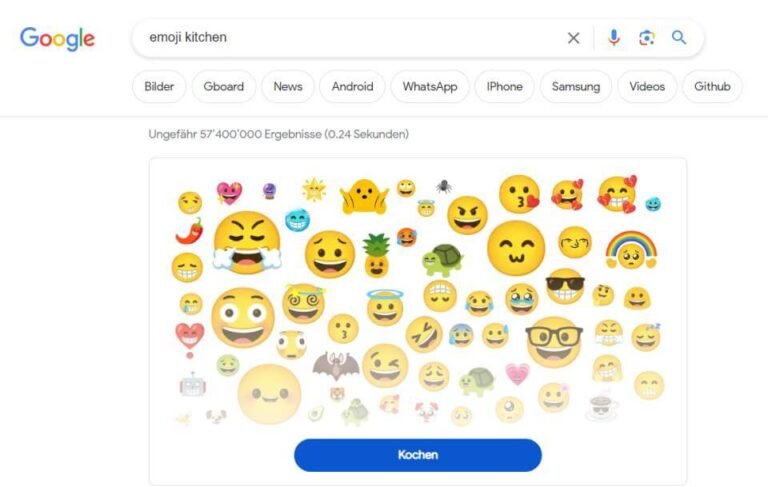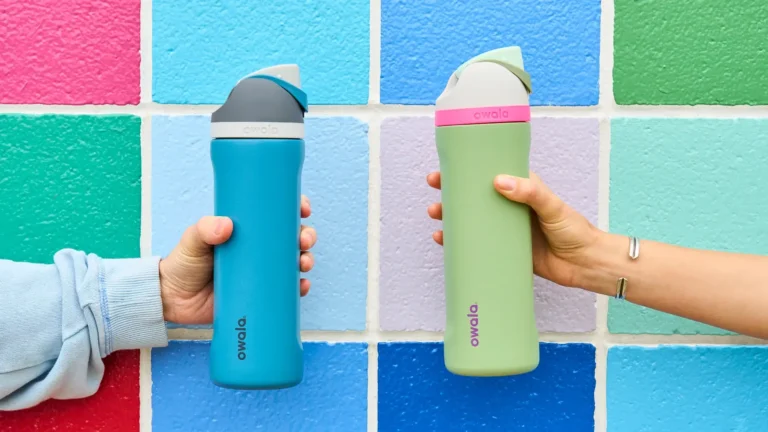How to Unclog a Toilet: A Step by Step Guide to Solve the Problem Effectively
A clogged toilet is one of the most common and frustrating plumbing issues in any home. Whether it’s the result of too much toilet paper, foreign objects or plumbing malfunctions a clogged toilet can disrupt your day and cause unnecessary stress. Fortunately, unclogging a toilet is not a daunting task. With the right tools, techniques, and a little patience, you can solve the problem yourself without having to call a plumber. This comprehensive guide will provide you with detailed steps to unclog your toilet effectively along with tips for preventing future blockages.
Why Toilets Clog
Before diving into how to unclog a toilet, it’s important to understand why toilets get clogged in the first place. Toilets clog when something prevents the smooth flow of water through the drainpipe. The most common causes include:
- Excessive Toilet Paper: While toilet paper is designed to dissolve in water too much of it can overwhelm the toilet’s flushing mechanism.
- Foreign Objects: Items such as wipes (even if labeled as “flushable”), sanitary products, hair, toys and even clothing can get stuck in the pipes leading to blockages.
- Low Water Pressure: Toilets rely on a certain water pressure to push waste through the plumbing. Low water pressure or faulty plumbing can lead to inadequate flushing, causing waste to linger in the toilet.
- Pipe Build-up: Over time, waste and minerals can accumulate in the pipes, creating narrow passages that slow down the flow of water and lead to clogs.
- Plumbing Issues: Sometimes the problem lies deeper in the plumbing system, such as issues with the vent stack, septic tank or the sewer line but these are less common than the simple clogs listed above.
What You’ll Need to Unclog Your Toilet
Before you attempt to unclog your toilet, gather the necessary tools. Having everything ready will make the process quicker and more efficient.
- Plunger: A standard toilet plunger is the first tool to try. It has a rubber cup at the end that creates a vacuum seal to push and pull debris through the pipes.
- Plumbing Snake: If the plunger doesn’t work, a plumbing snake (also known as a drain auger) can be used to reach deeper into the drain and break up stubborn clogs.
- Rubber Gloves: A pair of rubber gloves is essential for maintaining hygiene while you work.
- Bucket: A bucket will help you remove excess water if the toilet bowl overflows, and it’s also handy when using the plumbing snake.
- Dish Soap: Dish soap can help break down fats and oils in the toilet and make it easier to unclog.
- Hot Water: Hot water can help break down waste materials and dissolve some of the materials blocking the pipes.
- Baking Soda and Vinegar: For natural clog removal, a mixture of baking soda and vinegar can be effective at loosening the debris.
- Towel or Rags: For cleaning up any water spills or to place around the toilet to prevent splashes.
Now that you have the necessary tools, let’s get started on the step by step process of unclogging your toilet.
Step 1: Assess the Situation
Before you jump into action, take a moment to assess the severity of the clog. Is the water level rising in the toilet bowl, or is it just slow to drain? If the water level is rising and appears to be on the verge of overflowing, you’ll need to act quickly to avoid a messy situation.

To prevent overflow, you can:
- Turn off the water supply: The water valve is typically located near the base of the toilet, usually behind it. Turn it clockwise to stop the flow of water into the bowl.
- Remove excess water: If the water level is high, use a bucket or a container to remove some of the water from the bowl. You can also use towels to soak up any excess water around the toilet.
Step 2: Use a Plunger
Once you’ve taken the necessary precautions, grab a plunger and begin unclogging your toilet. Follow these steps:
- Position the Plunger: Place the plunger into the toilet bowl, ensuring the rubber cup is completely submerged in the water. Position the plunger so that the flat end is against the drain hole at the bottom of the toilet bowl.
- Create a Seal: Press down gently at first to create a seal around the drain. This helps ensure that the plunger’s suction works effectively.
- Push and Pull: Using quick, forceful up-and-down movements, push and pull the plunger in the toilet bowl. The key here is to use pressure, but don’t use too much force, as this may damage the toilet or cause water to spill over.
- Repeat: Continue plunging for about 10-15 seconds. After a few attempts, lift the plunger to check if the water has started to drain. If the water level drops, this indicates the clog is loosening.
- Flush the Toilet: Once the water drains, flush the toilet to ensure that the clog is completely cleared. If it doesn’t flush properly, repeat the process a few more times.
Read More: Look Like the Innocent Flower But Be the Serpent Under It.
Step 3: Use Dish Soap and Hot Water (If Necessary)
If plunging doesn’t work, you can try using dish soap and hot water to break down the clog. Here’s how:
- Pour Dish Soap: Squeeze about a cup of dish soap into the toilet bowl. The soap will help lubricate the pipes and break down fatty or greasy substances that may be contributing to the clog.
- Add Hot Water: Boil a kettle of water and carefully pour it into the toilet bowl from waist height. The force of the hot water will help break up the clog.
- Wait: Let the mixture sit for about 10-15 minutes. This gives the dish soap and hot water time to work on breaking down the materials causing the clog.
- Plunge Again: After waiting, try plunging again. The combination of dish soap, hot water, and plunging should help clear the clog.
Step 4: Try a Plumbing Snake
If the toilet is still clogged after trying the plunger and dish soap method, it may be time to break out the plumbing snake. This tool can reach deeper into the drainpipe and clear more stubborn clogs.
- Insert the Snake: Insert the end of the snake into the toilet bowl drain and start twisting it clockwise. Continue pushing the snake down the drain until you feel resistance.
- Break Up the Clog: Once you encounter the clog, twist the snake to break it up. You may need to move it in and out to dislodge the obstruction.
- Remove the Snake: After you’ve broken up the clog, slowly pull the snake out of the toilet, being careful not to let it touch anything in the process.
- Flush the Toilet: Once the snake is out, flush the toilet to ensure the water drains properly.
Step 5: Use Baking Soda and Vinegar (For Natural Clog Removal)
For those looking for a more natural solution, baking soda and vinegar can help break down the clog. This method works best for mild to moderate blockages.
- Add Baking Soda: Pour about a cup of baking soda into the toilet bowl.
- Add Vinegar: Follow up by pouring about 2 cups of vinegar into the bowl. The mixture will fizz and bubble as it reacts.
- Wait: Let the mixture sit for 30 minutes to an hour. This gives the chemical reaction time to break up the clog.
- Plunge: After the wait, try plunging the toilet once again to see if the clog clears. Flush the toilet to test the drain.
Step 6: Prevent Future Clogs
Now that your toilet is unclogged, it’s time to take steps to prevent the issue from happening again. Follow these tips to reduce the risk of future clogs:
- Use Toilet Paper Sparingly: Avoid using excessive amounts of toilet paper. If you have a large family, consider purchasing a toilet paper that dissolves more easily in water.
- Avoid Flushing Non-Flushable Items: Never flush items such as wipes, sanitary products, paper towels, or hair down the toilet. These can easily cause blockages in the plumbing system.
- Check the Plumbing: If your toilet frequently clogs, it may be time to check your plumbing. Low water pressure or buildup in the pipes can lead to clogs.
- Regular Maintenance: To keep your toilet in good condition, regularly clean the toilet bowl and consider using an enzyme cleaner to break down waste in the pipes.
Conclusion
Unclogging a toilet may seem like a daunting task but with the right tools and a step by step approach, it’s a problem that most homeowners can fix on their own. Start with the plunger then move on to dish soap, hot water a plumbing snake or even natural remedies like baking soda and vinegar if necessary. Always remember to take preventive measures to avoid clogs in the future. With this guide, you’ll be able to keep your toilet running smoothly and avoid unnecessary plumbing bills.




